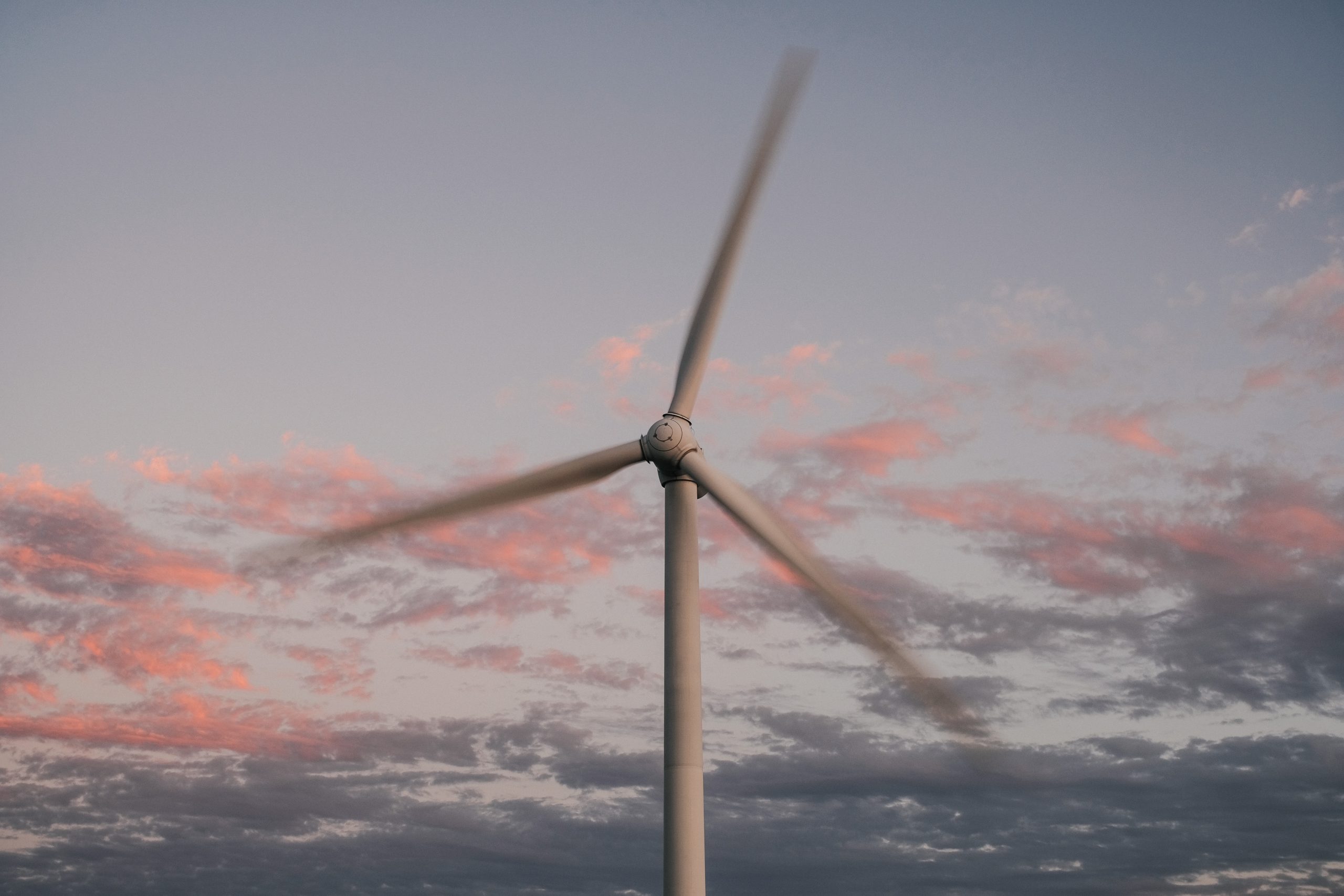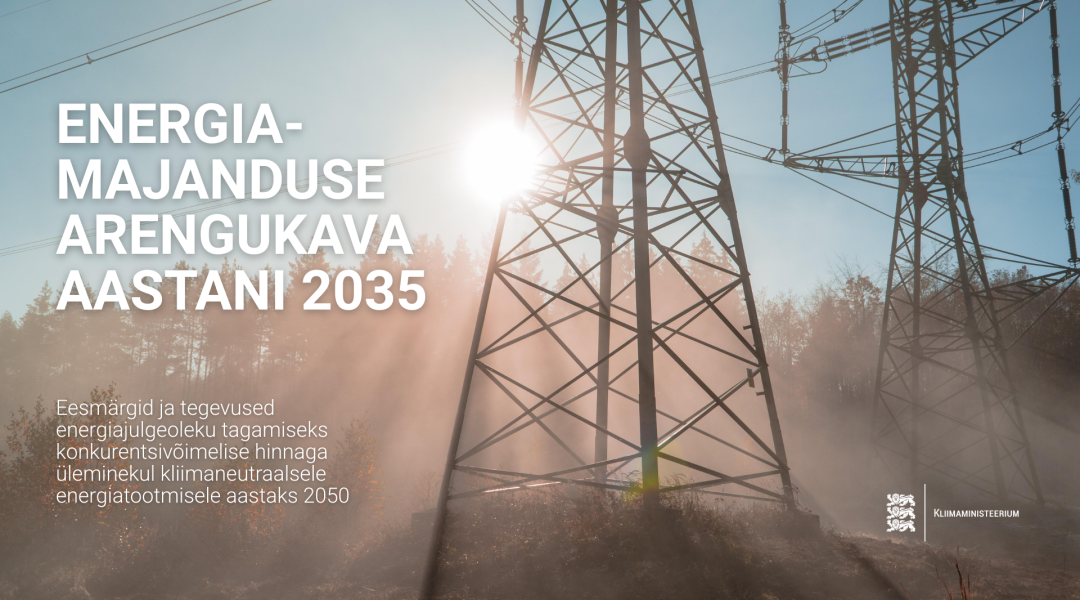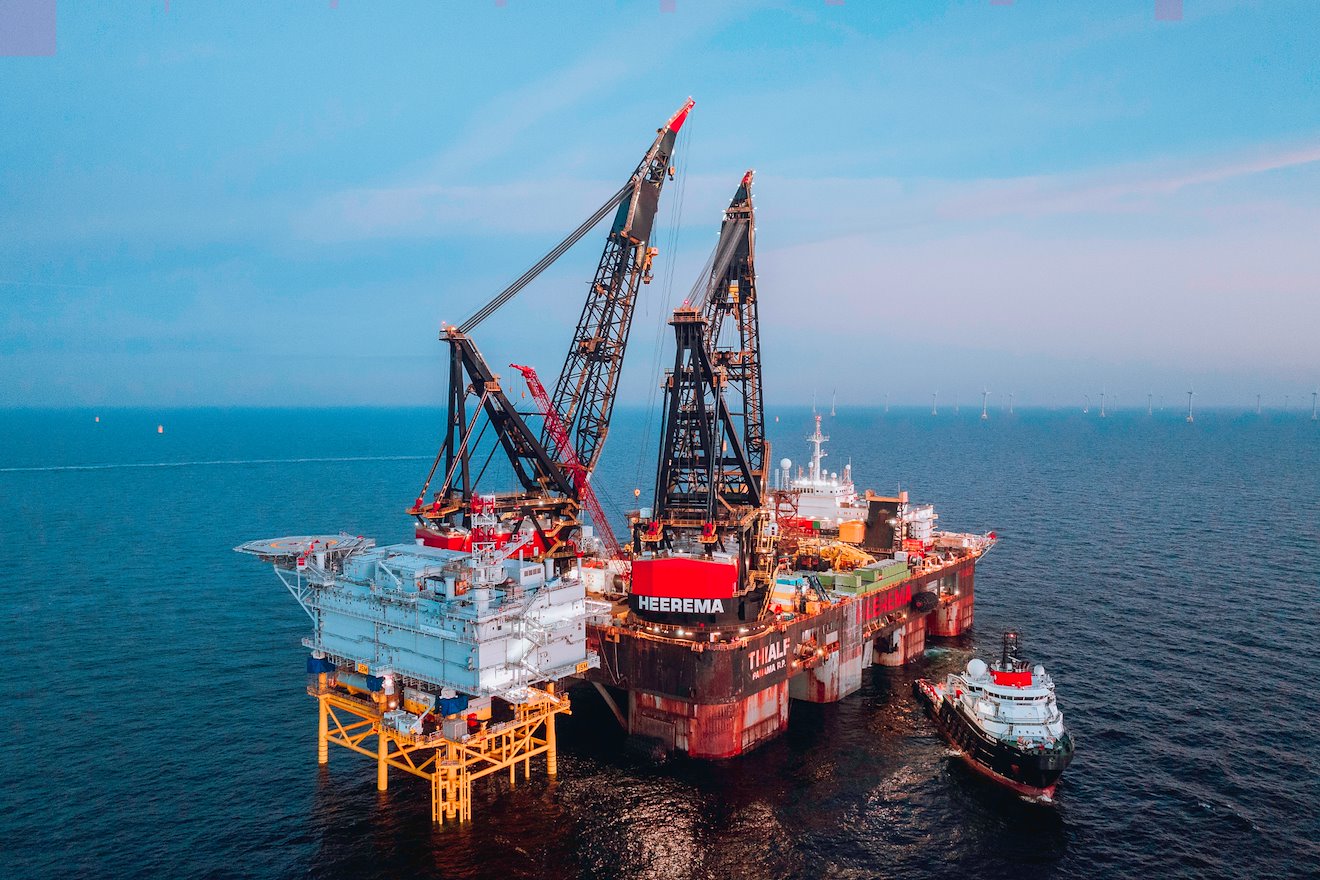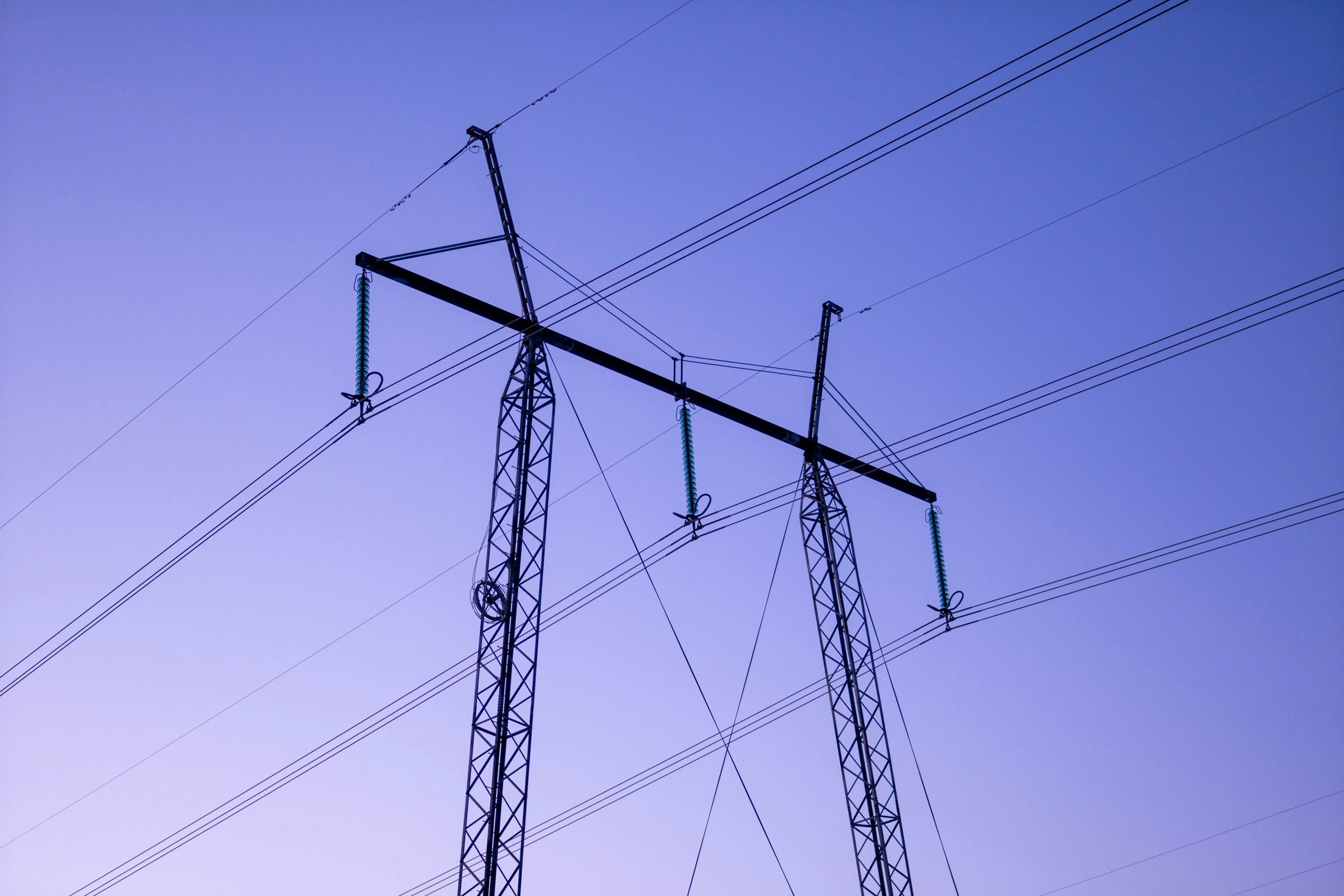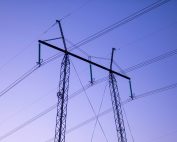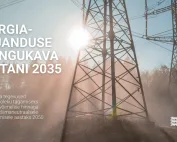In a recent report released by the Agency for the Cooperation of Energy Regulators (ACER), there’s a clarion call for a renewed focus on interconnection capacities, especially within the realm of offshore energy. The report emphasizes that the vision of interconnections has evolved; they should not merely be seen as bilateral agreements between two Member States (MSs).
Central to the report’s findings is the importance of realizing a minimum of 70% interconnection capacity. This is not just a target figure but the linchpin to the ambitious political goals set for offshore renewables. The EU envisions scaling up its offshore renewable capacities to a whopping 300 GW by 2050. This means a staggering growth rate, where the offshore renewable output would be 15 times higher than present figures.
In order to tap into the extensive benefits of offshore renewables for the entire European Union, there’s an evident need for deeper cooperation, robust infrastructure, and a paradigm shift in how we view and handle interconnections. The ACER report acts as a timely reminder, pointing out that grid operators are still quite distant from making the requisite 70% transmission capacity available for cross-zonal electricity trade.
**ACER’s Next Steps**
ACER has launched a public consultation from 21 July to 15 September and plans a webinar on 6 September for stakeholder engagement. A formal opinion will be presented to the European Commission and Parliament by the end of 2023.
The full report and its comprehensive findings can be accessed [here](https://acer.europa.eu/news-and-events/news/acers-monitoring-finds-much-stake-grid-operators-are-still-far-making-70-transmission-capacity-available-cross-zonal-electricity-trade).
